Down Under’s ‘unlucky’ hand with people power
While Australia celebrates its National Day this week, its people still struggle to secure sovereign political rights, reports Bruno Kaufmann from Perth/Western Australia.
First there is nothing, then there is nothing and finally I see a signpost – in the middle of nowhere. We have been travelling for many hours through the vast Nullarbor plain between South and Western Australia, two of the six states constituting the Commonwealth.
”Welcome to the lucky country,” wrote a friend of mine on Facebook a few days earlier, when I landed in the world’s sixth biggest country.
”Lucky country”?
Journalist Donald Horne was the first to write about Australia as the ”Lucky Country” more than 50 years ago. Horne did not mean it as a compliment.
He criticised the government and politicians of his time for ruthlessly exploiting Australia’s enormous wealth of natural and human resources.
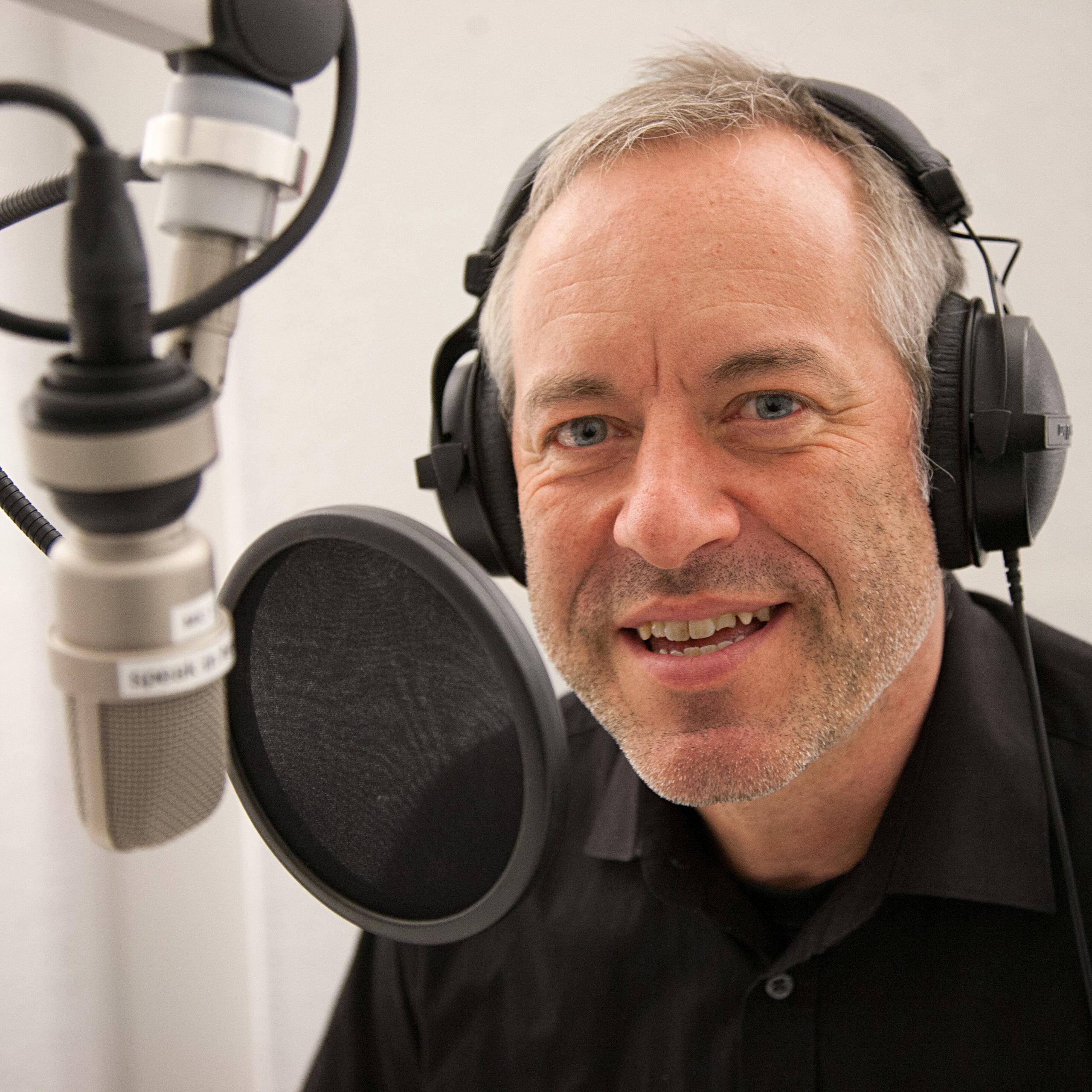
Not much has changed since. The production of natural resources (mainly fossil fuels) has quintupled since the 1960s. And while the poverty rate – especially among indigenous Australians – has grown, the country enjoys the second highest average wealth in the world, trailing only Switzerland.
Roving through the virtually uninhabited outback of Australia (most of the 24 million people live in urban centres along the south and east coasts), I find very little to remind me of Switzerland, the landlocked country I was born. But there is plenty to study the making of the Australian democracy over the last 200 years and to notice the Swiss influence.
While Australia has been inhabited for 50,000 years, European explorers discovered the continent in 1606. It finally became a British colony in 1788 (New South Wales).
London initially used Australia as a place to resettle convicts, but in the 1850s, second-generation Australians proposed the establishment of ”a great Australian Republic” (Daniel Henrieh Deniehy, 1854 in the ”Goulborn Herald”).
Such a republic still has not been achieved; Queen Elizabeth is still head of state.
Guidebook for Australia
So where does Switzerland come into all of this?
It was during the late 19th century when the various parts of Australia started to envisage a formal independence from Britain and a federal constitution of their own.
A first Federation Conference was called in 1891 in Melbourne, the capital city of Victoria. Delegates from across the continent were handed a ”manual to confederations” written by Richard Baker, who had studied the constitutions of the United States, Canada and Switzerland.
Ten years later the first Australian-wide vote ended with the adoption of a federal constitution, heavily influenced by the US two-chamber-system and Swiss-style forms of direct democracy. Initiatives and referendums were used at a state level.
The 1901 vote for a constitution marked a departure from the British formula of ”elective dictatorship”, a term coined by Lord Hailsham in his famous BBC broadcast of 1976.
Australia not only opted for a federal form of government (with several sovereign layers of policies) but it also introduced the mandatory constitutional referendum at the national level, similar to the Swiss model.
To amend the Australian constitution, you need both an overall majority of votes at the ballot box as well as a majority of the states. In 115 years, 44 such nationwide votes have been held, but only in eight cases have such double majorities been achieved.
Referendum clause
Ironically the last successful amendment of Australian constitution dates back to 1977, when voters in a majority of states approved the referendum clause in the constitution (section 128), extending the voting rights on substantive issues to the electorates in the two non-state territories of the country, the Northern Territory and the Australian Capital Territory (Canberra).
Since then eight nationwide referendums – mainly dealing with the design of Australian democracy – have taken place and failed.
The reason is the continued use of the Westminster system here – two dominant political blocks in the federal parliament, Labour and Conservatives, trying to outdo each another instead of looking for common solutions.
This confrontational nature of party politics has been unhealthy for the extended use of direct democracy, a point proven by the 1999 pan-Australian referendum on becoming a republic.
The main political parties could not agree on the status of a directly elected president as a democratic alternative to the British Queen. The royalists voted no – and so did many of the true republicans, resulting in the reform being thrown out by 55 votes to 45.
Unease
This lucky land’s bad luck with people power is visible not just at the federal level but also at the level of the states and local authorities.
In 1933, two-thirds of the electorate in the state of Western Australia approved its secession from the Australian Commonwealth. But neither its own state government, nor the federal government in Canberra followed the call for a ”free Westralia”, setting a bad example of disregarding people’s votes that has continued into our times.
Local referendums have been subjected to both bad design (requiring high voter turnouts for validation) and the authorities ignoring the decision – as shown in the case of recent votes to merge municipalities (”Amalgamation pollsExternal link”) across the Perth area.
Elite vs people
Today’s Australia is marked by a conflict with a pre-modern understanding of elitist rule and and the modern respect for people power.
Australia Day (January 26) is often used to celebrate people power. This year, hundreds of people together created The People’s TowerExternal link artwork in Sydney’s Darling Harbour.
However, in everyday politics, the British Empire still exercises executive control through its non-elected governors (appointed by London) in each of the states – together with elected officials from the main parties.
There are great opportunities to update and reform this system, but no one does it.
Since the first public vote on a substantive issue in Australia – the 1896 referendum on education in South Australia – legal proposal have been launched in all states as well as at the federal level to introduce popular votes through initiatives and referendums.
But just a few local councils (in Tasmania and New South Wales) have changed their charters successfully – to allow at least non-binding votes triggered by the people.
To find an initiative process in Australasia/Oceania region, check New ZealandExternal link, where citizens are about to hold a nationwide vote in March.
The views expressed in this article are solely those of the author, and do not necessarily reflect the views of swissinfo.ch. This is a slightly adapted version of a text first published by the online global democracy platform People2PowerExternal link.

In compliance with the JTI standards
More: SWI swissinfo.ch certified by the Journalism Trust Initiative

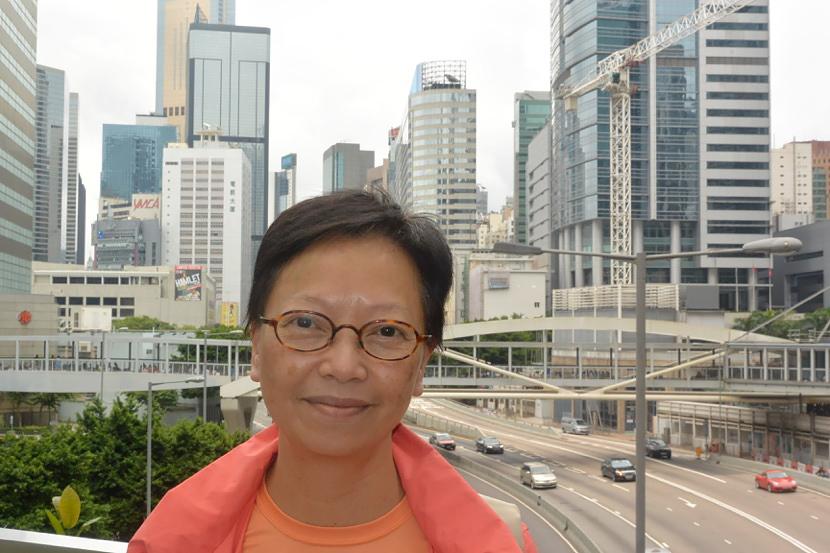
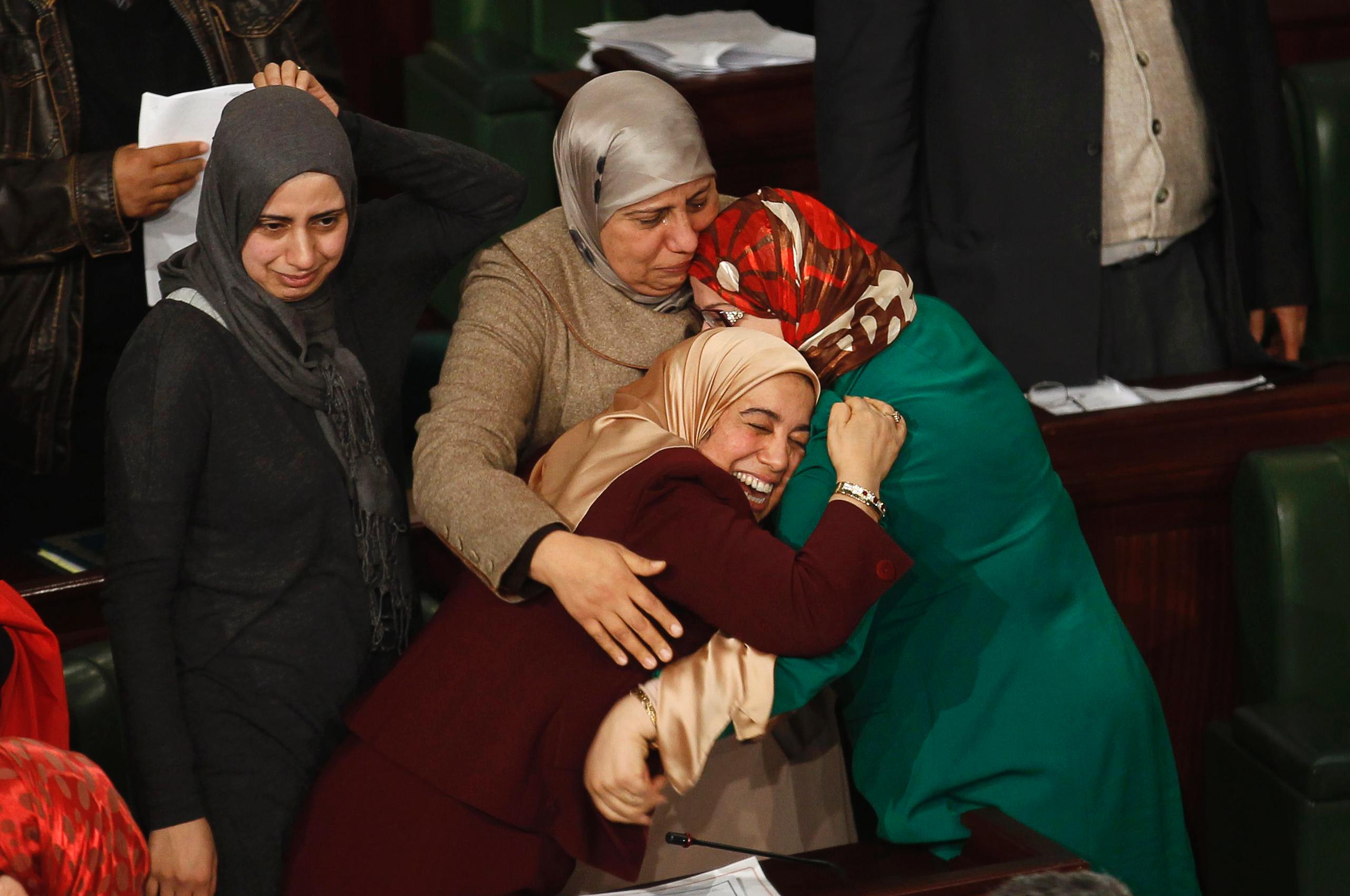
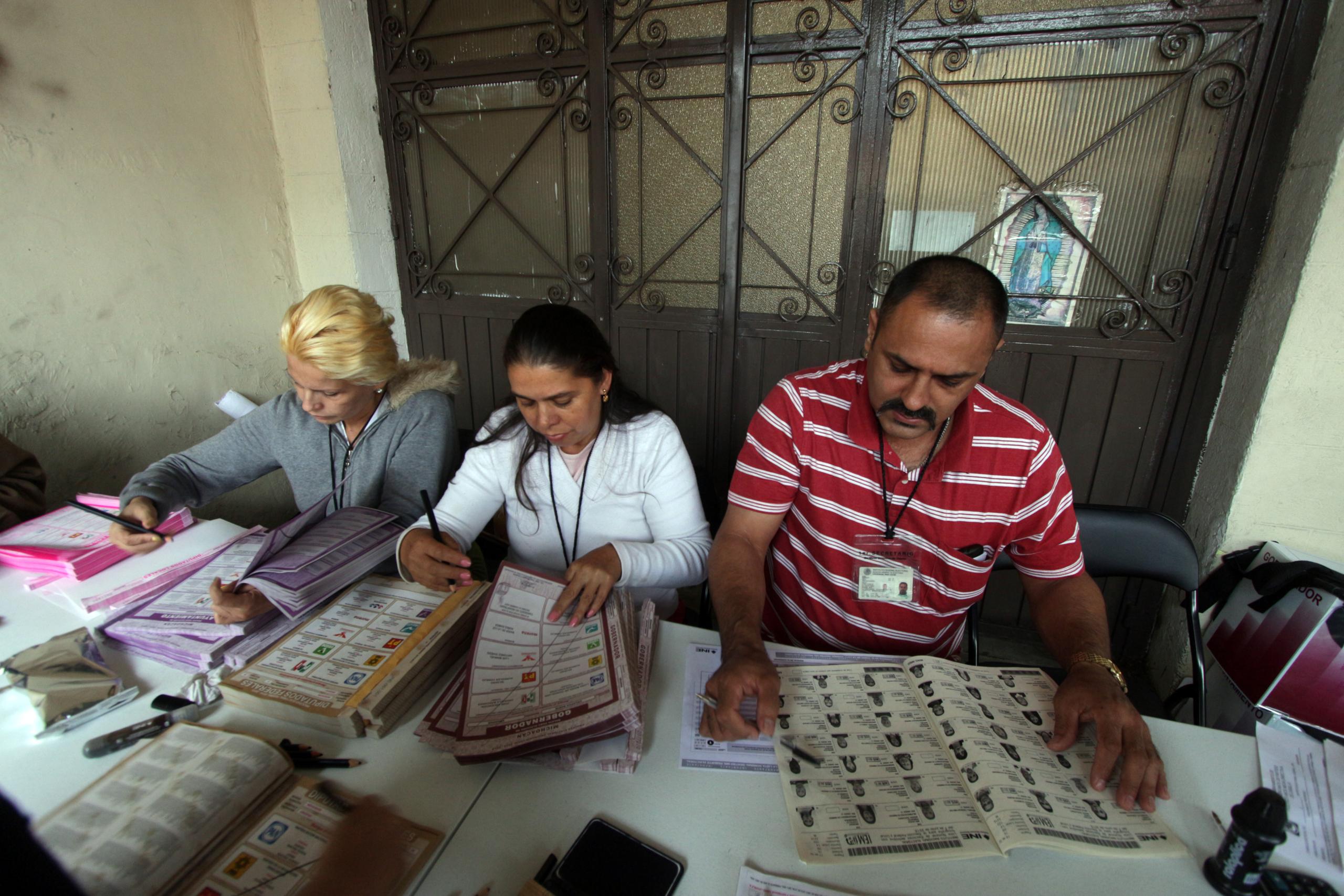
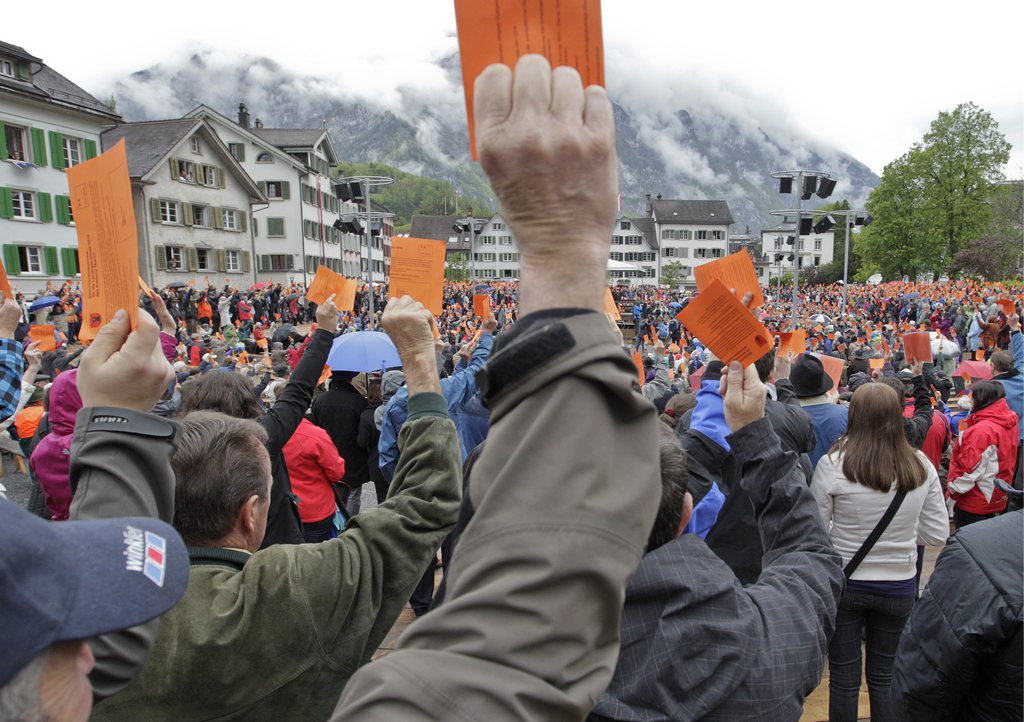
You can find an overview of ongoing debates with our journalists here. Please join us!
If you want to start a conversation about a topic raised in this article or want to report factual errors, email us at english@swissinfo.ch.